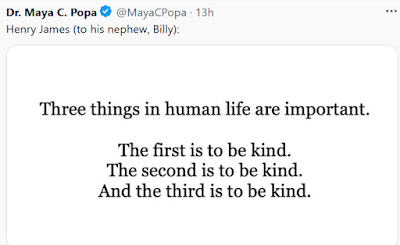One of my favorite memories of Christmas when I was a child involves recitation -- with family or classmates -- of this holiday rhyme, "The Twelve Days of Christmas." I include a few lines below, and a here is a link to the entire poem:
On the first day of Christmas,
my true love sent to me
A partridge in a pear tree.
On the second day of Christmas,
my true love sent to me
Two turtle doves,
And a partridge in a pear tree.
On the third day of Christmas,
my true love sent to me
Three French hens,
Two turtle doves,
And a partridge in a pear tree.
On the fourth day of Christmas,
my true love sent to me
Four calling birds,
Three French hens,
Two turtle doves,
And a partridge in a pear tree.
. . . Read more here.





















